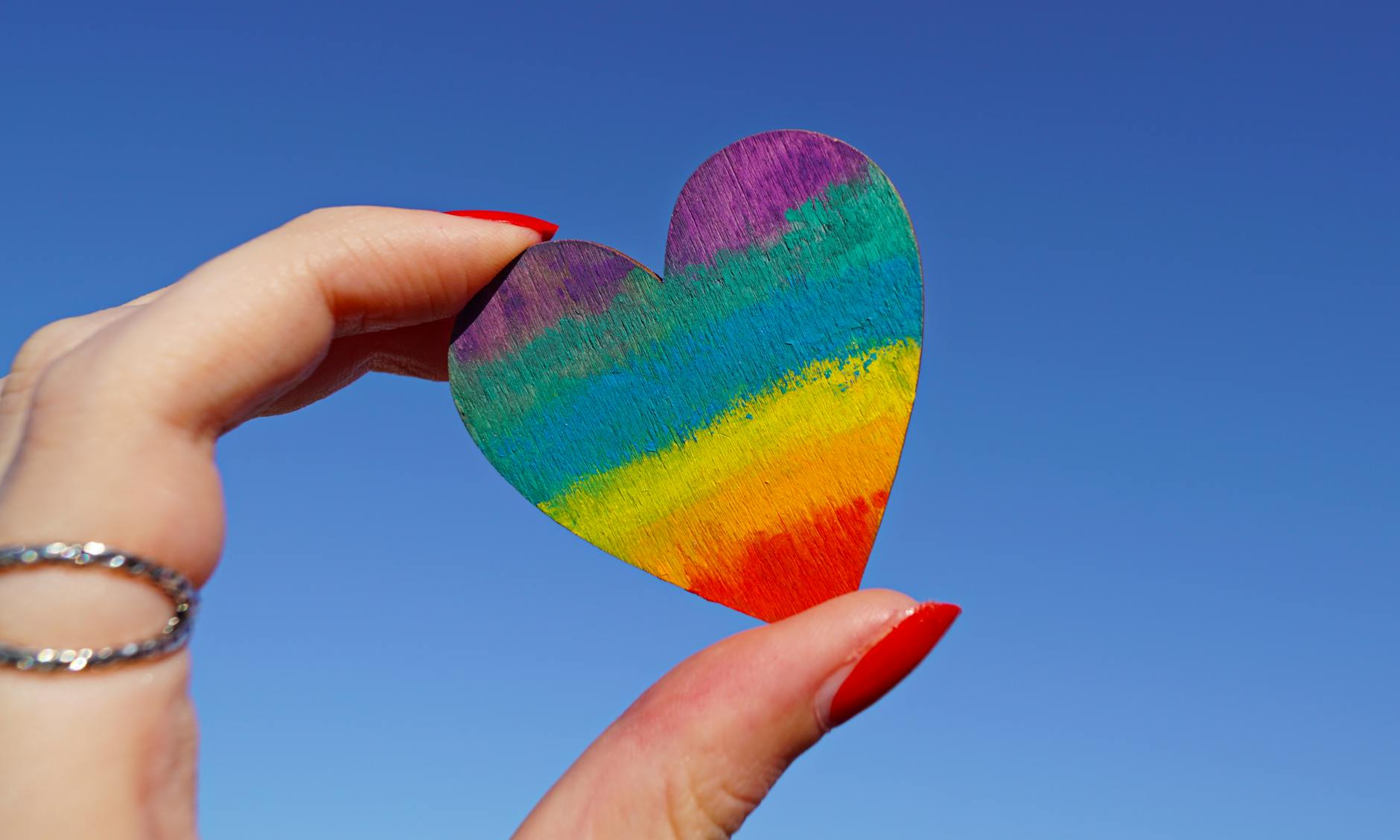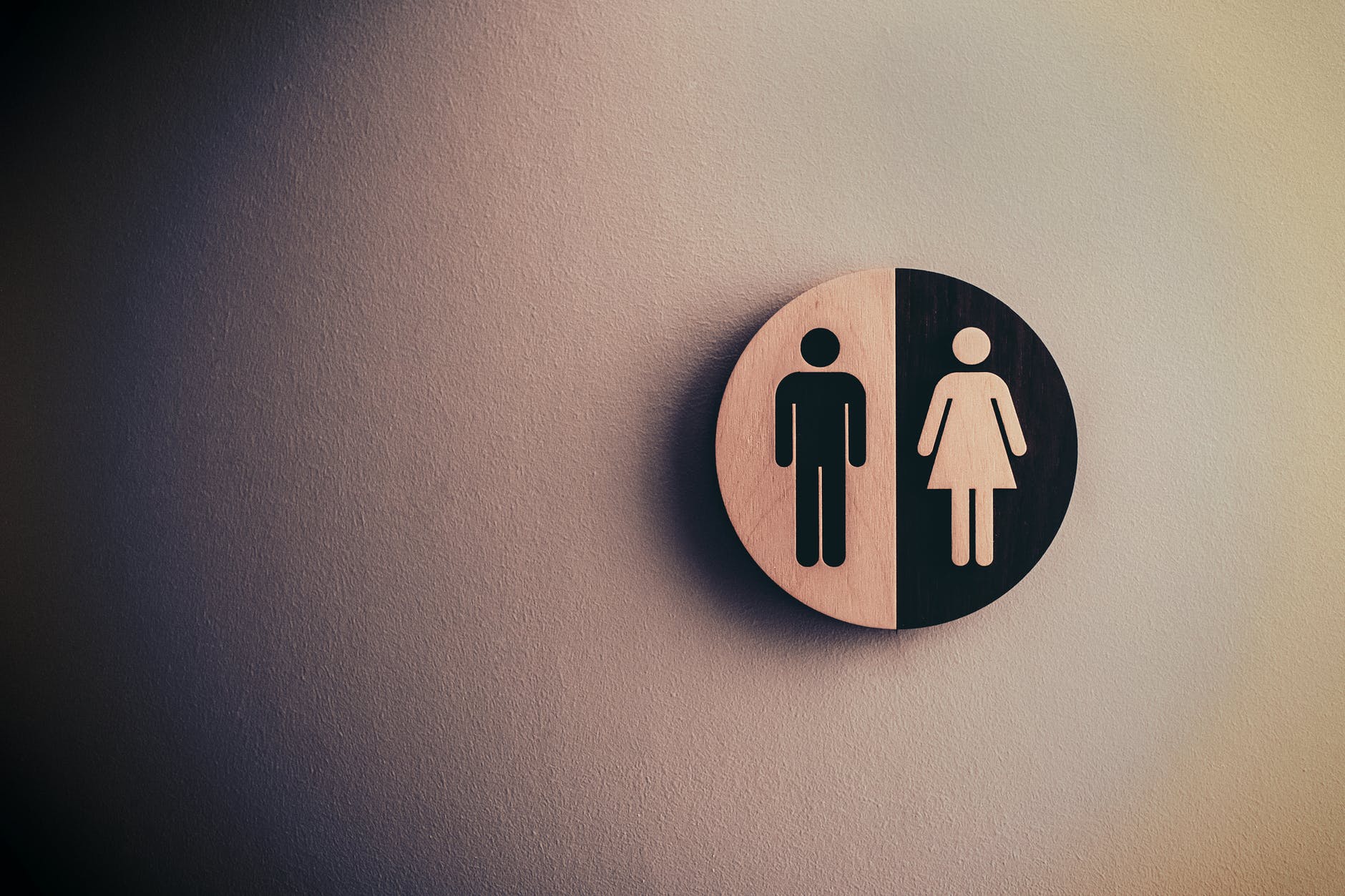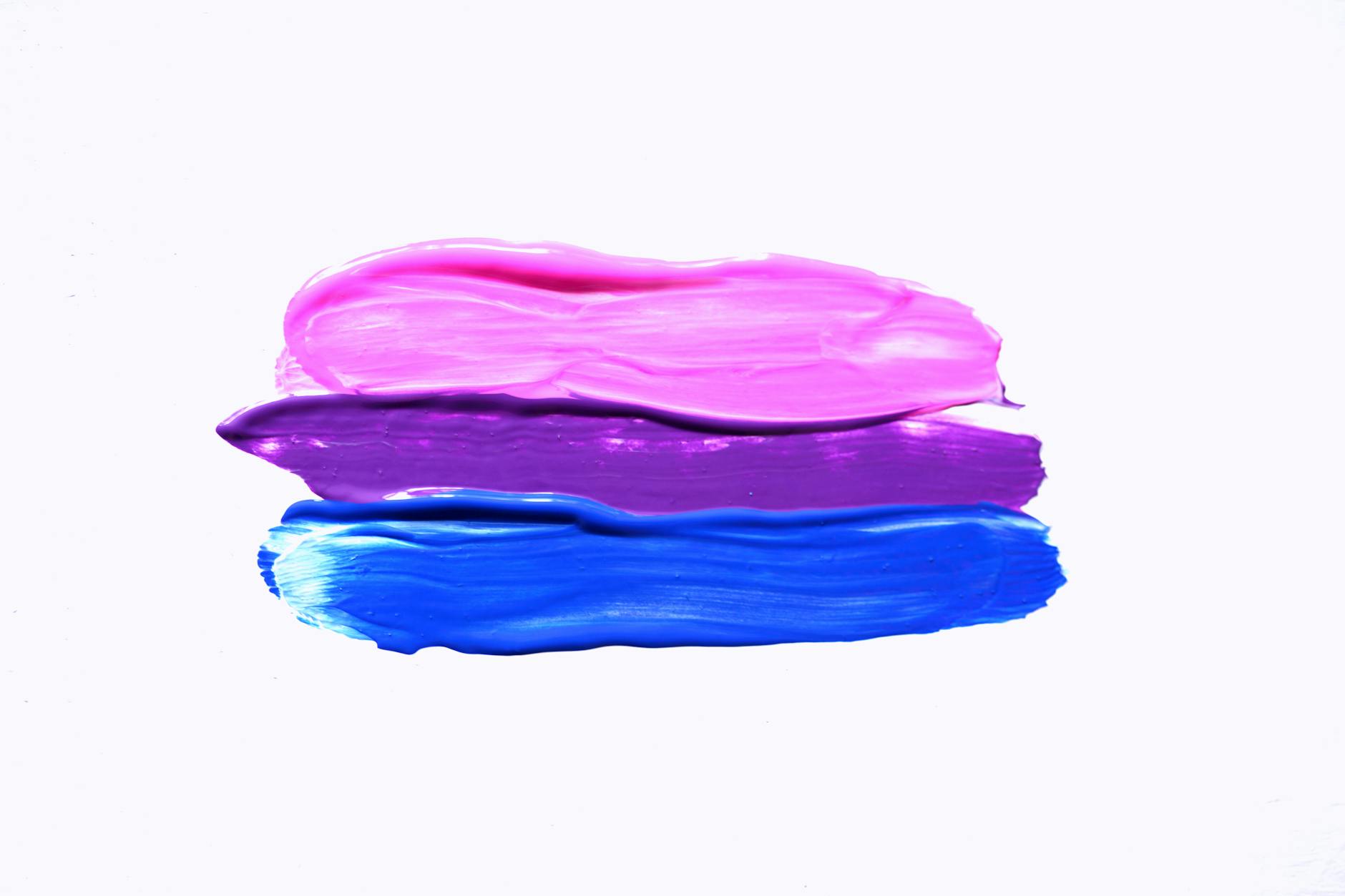The LGBT rainbow flag, often referred to as the pride flag, is a symbol of the LGBTQ+ community’s diversity, unity, and pride.

Colours of the rainbow flag
When it was designed by Gilbert Baker back in 1978 each colour on the rainbow flag held a symbolic meaning:
Red: Represents life. It signifies the bloodshed in the struggle for LGBTQ+ rights and the vitality of the LGBTQ+ community.
Orange: Symbolizes healing. It reflects the ongoing process of healing from past traumas and the commitment to support one another within the community.
Yellow: Stands for sunlight. It represents the warmth and light of the sun, signifying hope and positivity for the future.
Green: Represents nature. It symbolizes growth, harmony, and the natural beauty of LGBTQ+ individuals.
Blue: Symbolizes serenity. It represents peace and harmony, as well as the fluidity and diversity of gender and sexual identities.
Purple: Stands for spirit. It represents the spirit of the LGBTQ+ community, including the resilience, courage, and solidarity of its members.
The original pride flag originally had 8 stripes in it instead of 6 and the two colours that were eventually dropped were Hot Pink and Cyan. To read about the story of the Pride flag and why it came to exist read about it at THEGAYUK.




